Tesla ‘robotaxis’: what they are and how you can make money from them
Elon Musk plans to have one million driverless cars on the road by the end of 2020
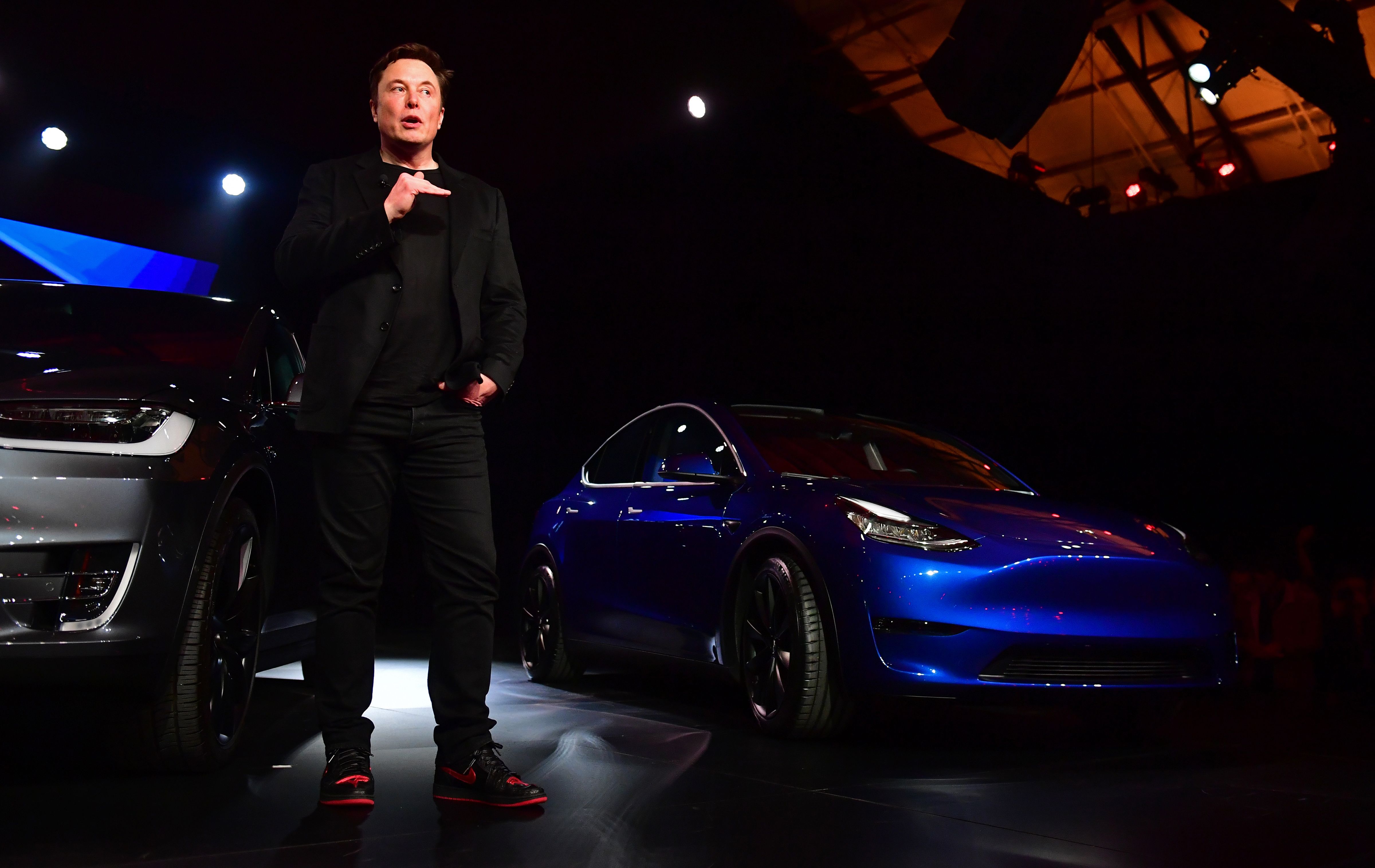
Tesla boss Elon Musk has announced bold plans to launch one million “robotaxis” on public roads as early as next year.
Addressing crowds at yesterday’s Autonomy Investor Day seminar in Palo Alto, California, the South African-born billionaire confirmed that the electric carmaker would be deploying driverless taxis capable of operating “on any road” by the end of 2020, The New York Times reports.
“I feel very confident in predicting autonomous robotaxis next year”, he told attendees. He also said that in future people would want to outlaw people driving their own cars because conventional vehicles would be seen as unsafe.
The Week
Escape your echo chamber. Get the facts behind the news, plus analysis from multiple perspectives.

Sign up for The Week's Free Newsletters
From our morning news briefing to a weekly Good News Newsletter, get the best of The Week delivered directly to your inbox.
From our morning news briefing to a weekly Good News Newsletter, get the best of The Week delivered directly to your inbox.
The entrepreneur hopes the autonomous taxis will operate in a similar fashion to Uber or Airbnb. Users would use an app to hail a driverless cab.
If Musk’s plans are given the green light, the world of autonomous technology could be changed forever, spelling the end of driving as we know it.
Not everyone shares the billionaire’s confidence. “His plan sounds like it’s built on accelerated, and possibly unattainable, timeliness”, notes tech news site Mashable.
Driverless car firms are “barely hitting less ambitious benchmarks” for their autonomous taxis, the website says. Waymo, which is owned by Google parent company Alphabet, is currently trialling a small number of driverless taxis in Phoenix, Arizona, while General Motors won’t begin driverless tests until the end of 2020.
A free daily email with the biggest news stories of the day – and the best features from TheWeek.com
But Musk claims that the current crop of Tesla vehicles are capable of fully-autonomous driving and that self-driving modes would be activated once the technology gets regulatory approval.
What do we know about Tesla’s robotaxis?'
Unlike many of today’s tech firms and carmakers, which are building special driverless-only models, Musk’s so-called robotaxis will be based on Tesla’s most recent models.
According to Autocar, Tesla started delivering cars capable of fully-autonomous driving last month. By the end of the year, the company hopes to activate such systems through a wireless software update.
Once the update has gone live, the company will launch an on-demand taxi service that allows Tesla owners to rent their vehicles out to people in need of a lift.
Most of the robotaxi fleet will consist of customer cars, but the electric car company could add more models to the service if the platform proved to be a hit with users, says Autocar.
How can you make money from them?
In a similar fashion to Airbnb, where property owners rent out their homes to holidaymakers, Tesla drivers would be able to make money by subscribing to the carmaker’s taxi service.
Under the scheme, drivers would be encouraged to temporarily relinquish their vehicles while they picked up passengers and took them to their desired destination, The Daily Telegraph says. As Tesla’s driverless cars wouldn’t require a driver, the vehicle’s owner wouldn’t need to be present when the car was summoned by someone in need of a lift.
Musk says the scheme would be “cashflow neutral” in the early stages and “extremely cashflow positive” once the project had built up a strong user base, the newspaper says. Drivers could make $30,000 (£23,100) per year, with Tesla taking a 25 to 30% cut, he says.
“It’s a seductive prospect”, the paper adds. “Spend $50,000 (£38,600) on a car now, and make it back within two years once the fleet is up and running.”
-
 Why is Trump’s alleged strike on Venezuela shrouded in so much secrecy?
Why is Trump’s alleged strike on Venezuela shrouded in so much secrecy?TODAY'S BIG QUESTION Trump’s comments have raised more questions than answers about what his administration is doing in the Southern Hemisphere
-
 Vance’s ‘next move will reveal whether the conservative movement can move past Trump’
Vance’s ‘next move will reveal whether the conservative movement can move past Trump’Instant Opinion Opinion, comment and editorials of the day
-
 Why recognizing Somaliland is so risky for Israel
Why recognizing Somaliland is so risky for IsraelTHE EXPLAINER By wading into one of North Africa’s most fraught political schisms, the Netanyahu government risks further international isolation
-
 Inside a Black community’s fight against Elon Musk’s supercomputer
Inside a Black community’s fight against Elon Musk’s supercomputerUnder the radar Pollution from Colossal looms over a small Southern town, potentially exacerbating health concerns
-
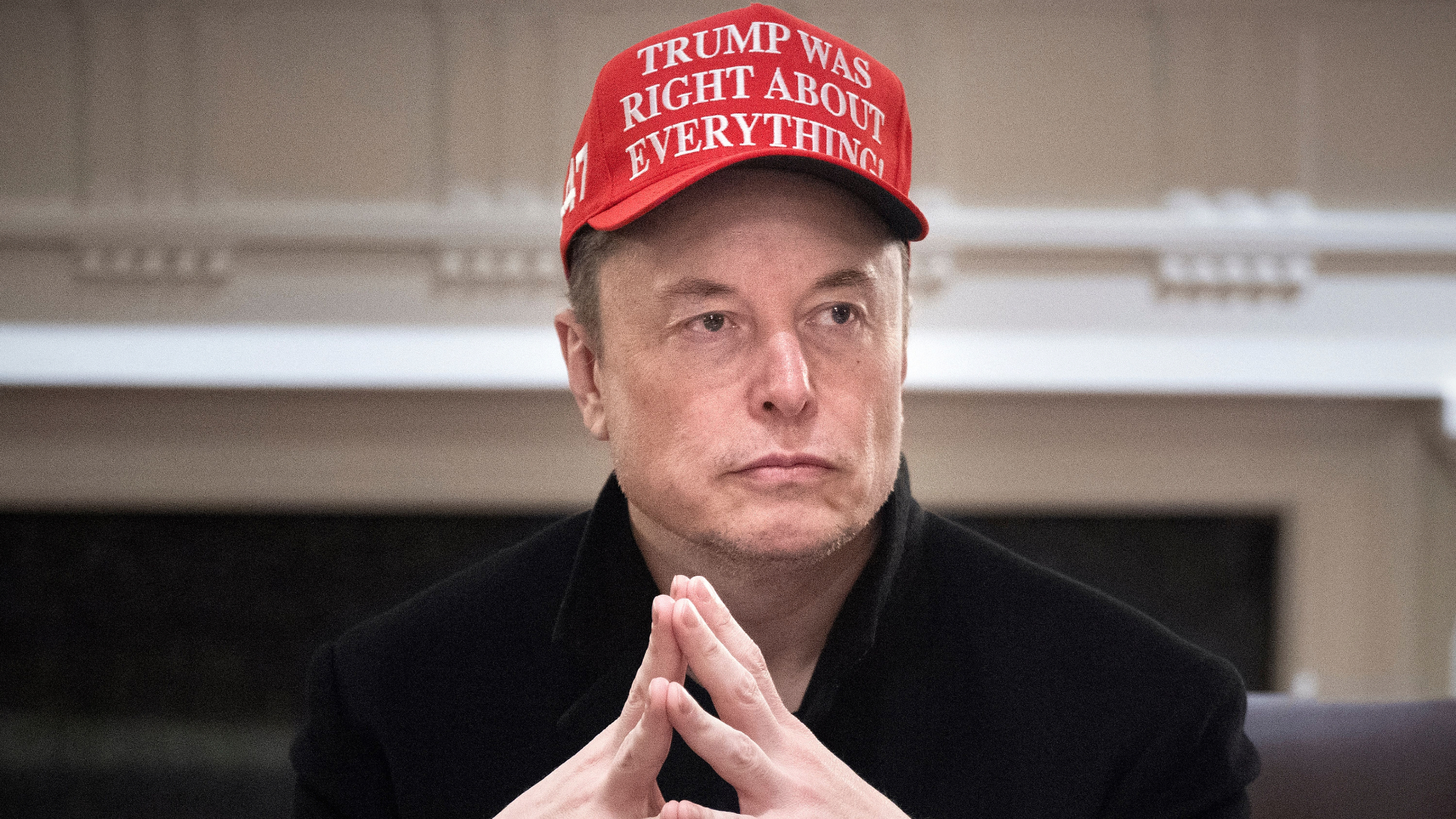 X update unveils foreign MAGA boosters
X update unveils foreign MAGA boostersSpeed Read The accounts were located in Russia and Nigeria, among other countries
-
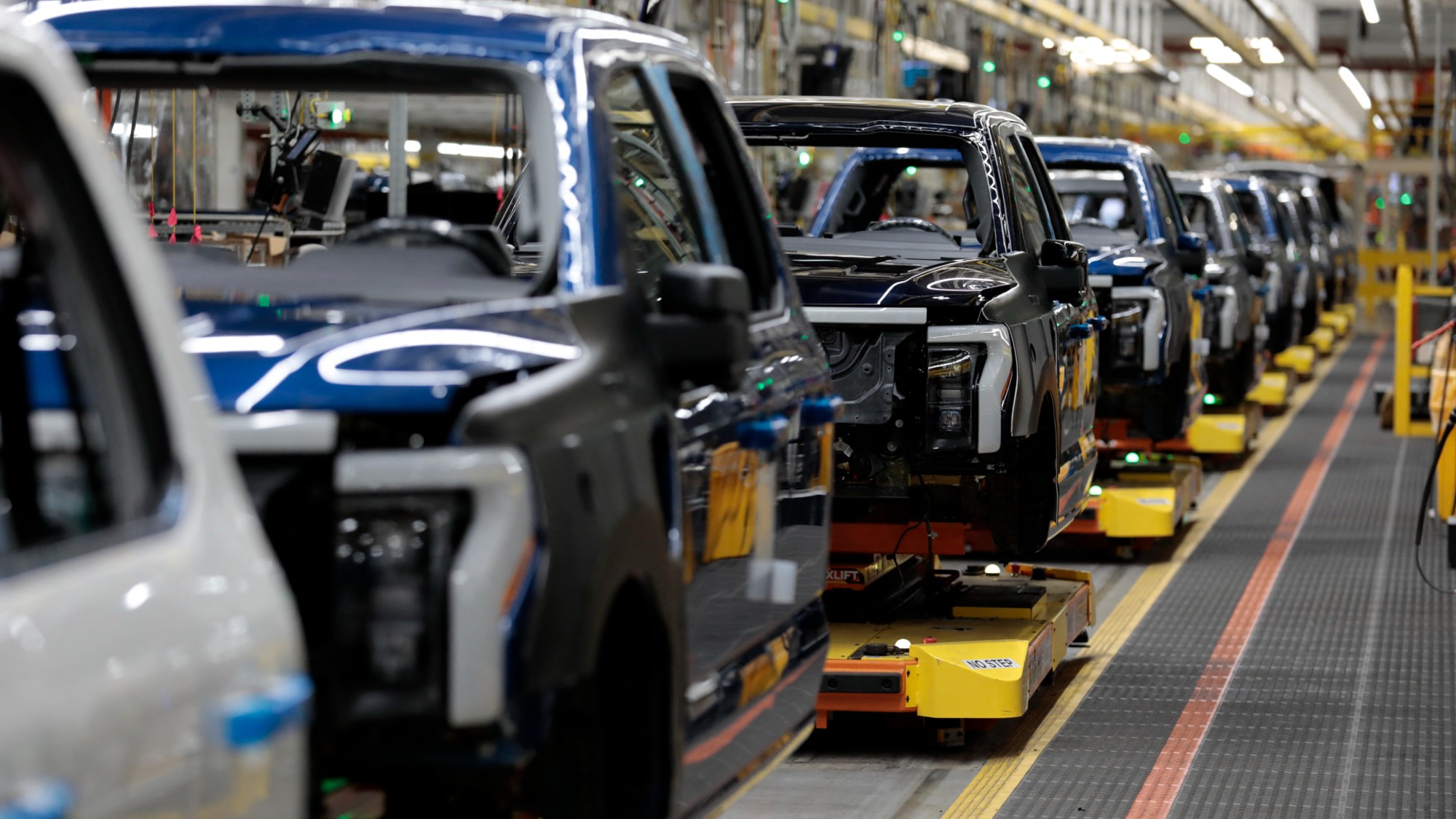 How will Ford reinvent EV manufacturing to compete with China?
How will Ford reinvent EV manufacturing to compete with China?Today's Big Question Henry Ford's assembly line system is being replaced
-
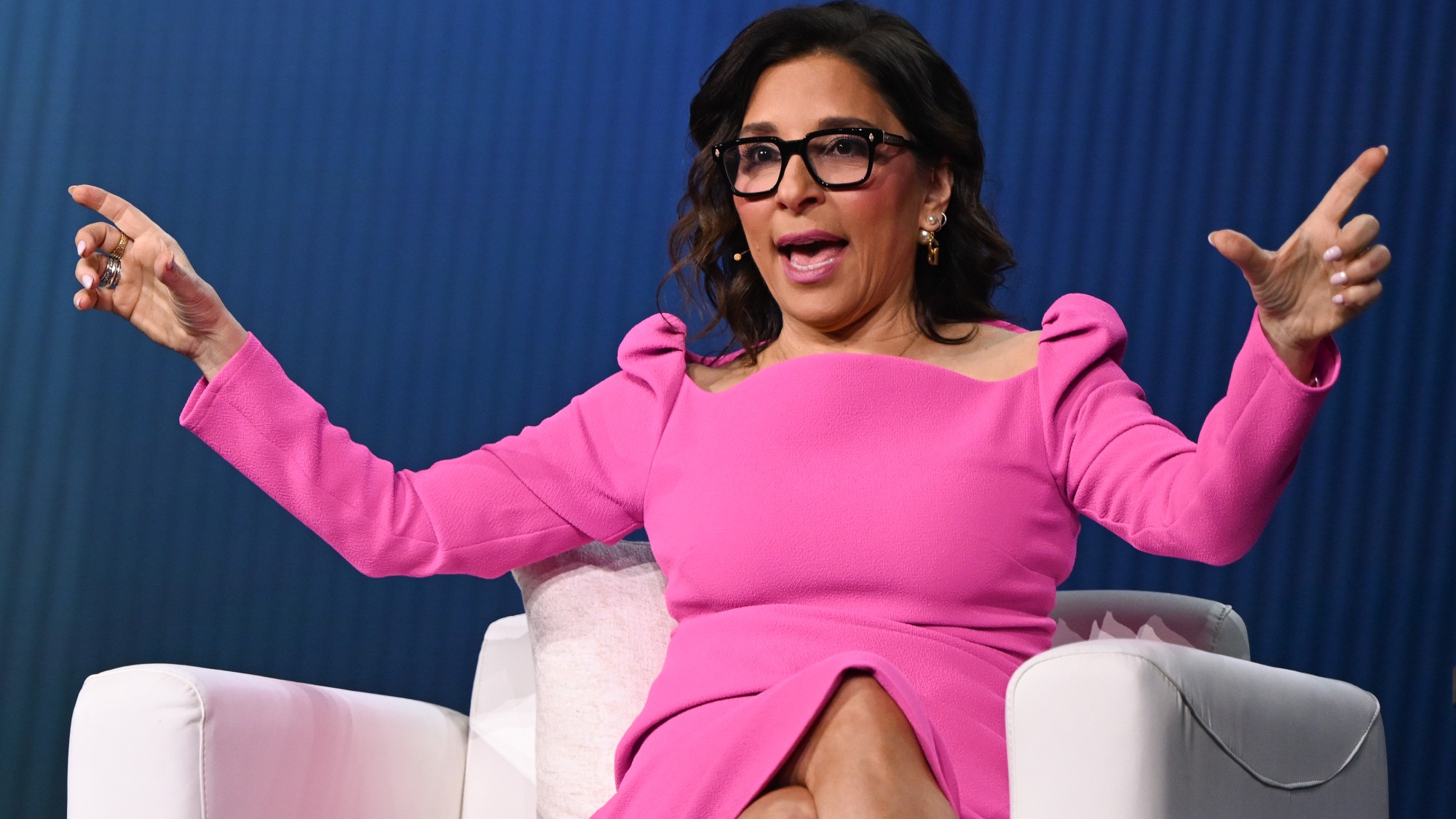 What's Linda Yaccarino's legacy? And what's next for X?
What's Linda Yaccarino's legacy? And what's next for X?Today's Big Question An 'uncertain future' in the age of TikTok
-
 X CEO Yaccarino quits after two years
X CEO Yaccarino quits after two yearsSpeed Read Elon Musk hired Linda Yaccarino to run X in 2023
-
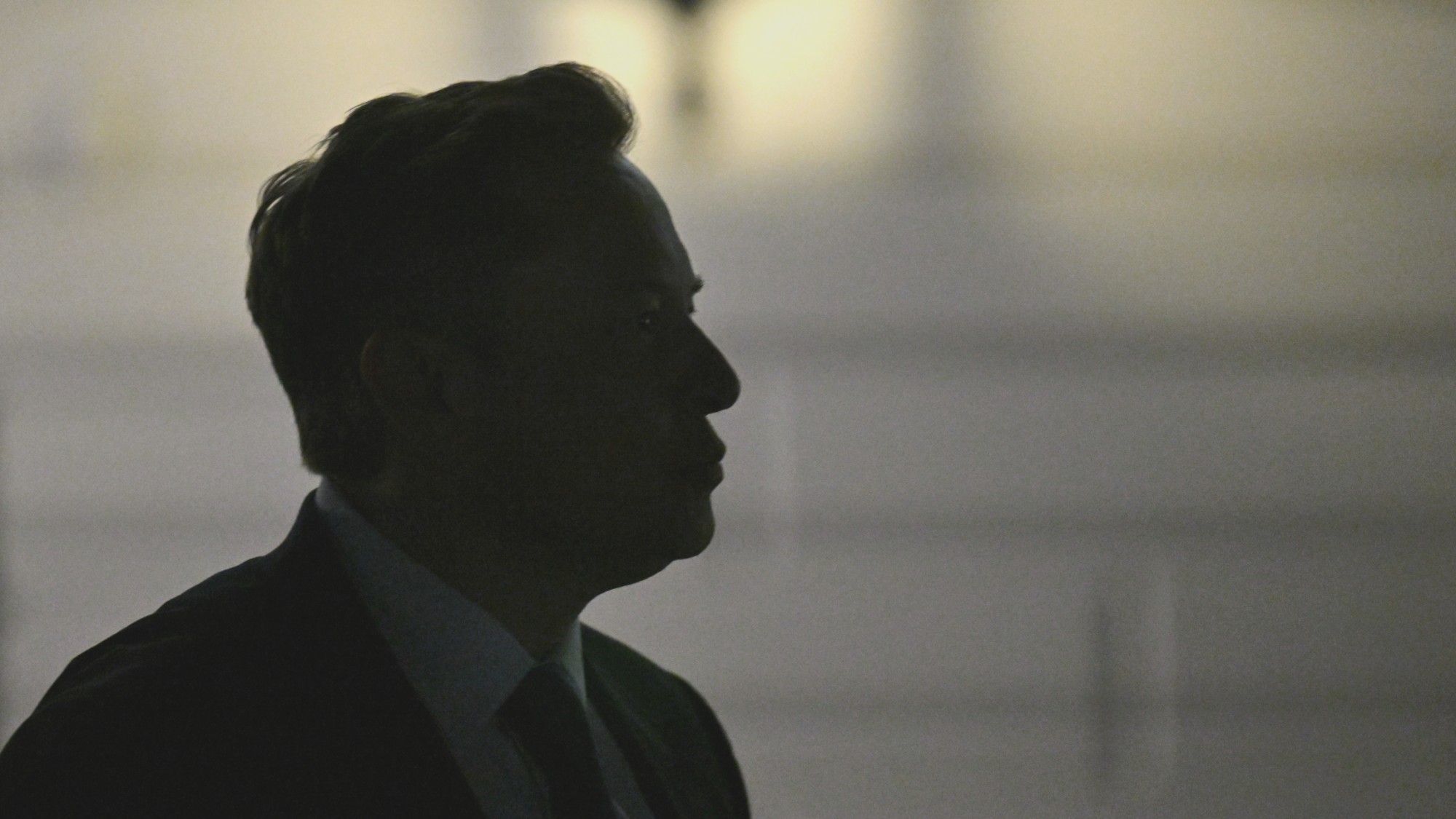 Musk chatbot Grok praises Hitler on X
Musk chatbot Grok praises Hitler on XSpeed Read Grok made antisemitic comments and referred to itself as 'MechaHitler'
-
 Another Starship blast sets back Musk's Mars hopes
Another Starship blast sets back Musk's Mars hopesSpeed Read Nobody was killed in the explosion, which occurred in south Texas
-
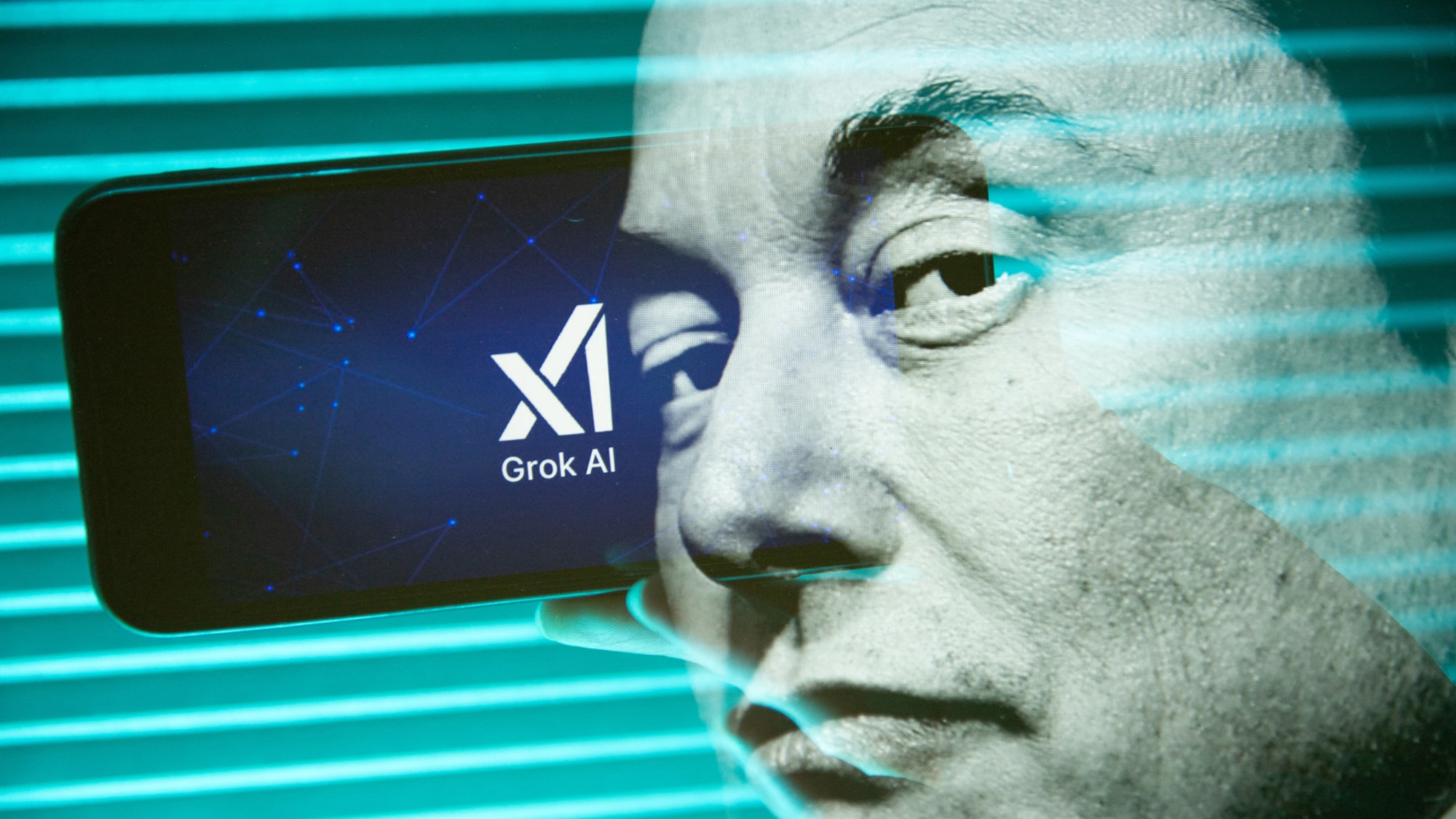 What Elon Musk's Grok AI controversy reveals about chatbots
What Elon Musk's Grok AI controversy reveals about chatbotsIn the Spotlight The spread of misinformation is a reminder of how imperfect chatbots really are